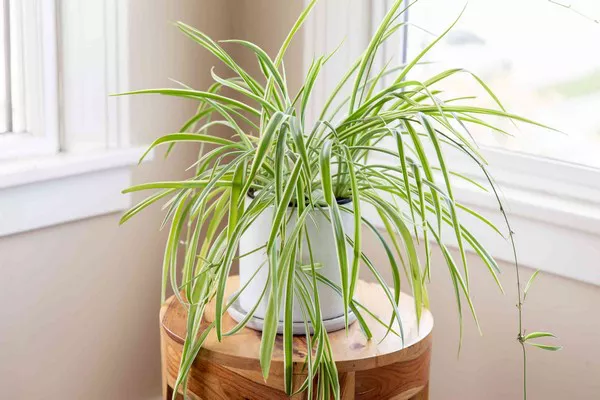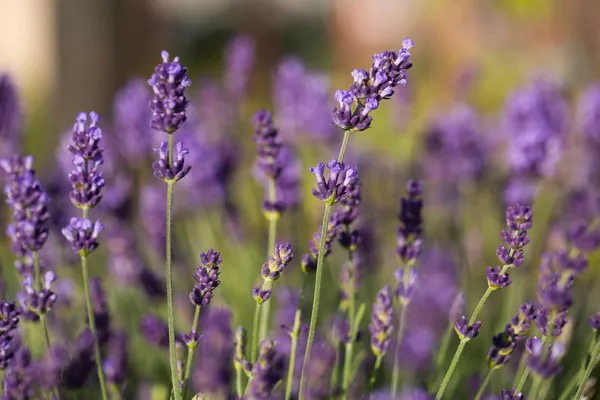Flowers are often admired for their beauty and fragrance, but some species harbor toxic substances that can be harmful to humans and animals. These dangerous flowers can cause a range of effects, from mild irritation to severe poisoning. This article explores the top 10 most dangerous flowers, detailing their characteristics, toxic components, and the potential risks they pose.
The Top 10 Most Dangerous Flowers
1. Oleander: The Deadly Beauty
Oleander (Nerium oleander) is a highly toxic plant native to the Mediterranean region. Despite its attractive appearance, all parts of the oleander plant are poisonous.
Characteristics:
Appearance: Oleander is an evergreen shrub with glossy, dark green leaves and clusters of flowers in colors such as white, pink, red, and yellow.
Toxic Components: The plant contains toxic compounds called cardiac glycosides, including oleandrin and neriine.
Risks:
Symptoms: Ingestion can cause nausea, vomiting, abdominal pain, irregular heartbeat, and in severe cases, death.
Precautions: Keep oleander plants away from children and pets, and wear gloves when handling the plant to avoid skin contact with the sap.
2. Poison Hemlock: The Fatal Herb
Poison hemlock (Conium maculatum) is a highly toxic plant found in many parts of the world. It gained notoriety for being the plant used to execute the philosopher Socrates.
Characteristics:
Appearance: Poison hemlock has fern-like leaves, small white flowers arranged in umbrella-shaped clusters, and a smooth, hollow stem often marked with purple spots.
Toxic Components: The plant contains toxic alkaloids, including coniine and gamma-coniceine.
Risks:
Symptoms: Ingestion can lead to respiratory failure, paralysis, and death. Symptoms include muscle tremors, weakness, and dilated pupils.
Precautions: Avoid touching or ingesting any part of the plant, and ensure it is not confused with edible plants like parsley or carrots.
3. Deadly Nightshade: The Bewitching Killer
Deadly nightshade (Atropa belladonna), also known as belladonna, is a perennial plant native to Europe, North Africa, and Western Asia. It has a long history of use in traditional medicine and as a poison.
Characteristics:
Appearance: Belladonna has dark green leaves, bell-shaped purple flowers, and shiny black berries.
Toxic Components: The plant contains tropane alkaloids, such as atropine, scopolamine, and hyoscyamine.
Risks:
Symptoms: Ingestion can cause dilated pupils, blurred vision, hallucinations, seizures, and death. Even small amounts can be fatal to children.
Precautions: Do not consume any part of the plant, and be cautious when foraging in areas where belladonna grows.
See Also: Top 10 Most Expensive Garden Plants
4. Water Hemlock: The Poisonous Root
Water hemlock (Cicuta spp.) is considered one of North America’s most toxic plants. Often found in wet areas, its roots contain the highest concentration of toxins.
Characteristics:
Appearance: Water hemlock has large, serrated leaves, small white flowers arranged in clusters, and a thick, hollow stem.
Toxic Components: The plant contains cicutoxin, a highly toxic compound that affects the central nervous system.
Risks:
Symptoms: Ingestion can cause severe convulsions, abdominal pain, nausea, and death. Symptoms can occur within 15 minutes of ingestion.
Precautions: Avoid consuming any part of the plant and be particularly cautious around wet habitats where water hemlock may grow.
5. Castor Bean: The Lethal Seed
The castor bean plant (Ricinus communis) is cultivated for its seeds, which are the source of castor oil. However, the seeds also contain ricin, a highly potent toxin.
Characteristics:
Appearance: The castor bean plant has large, palmate leaves, spiny seed capsules, and attractive red or green stems.
Toxic Components: Ricin, found in the seeds, is one of the most potent toxins known.
Risks:
Symptoms: Ingestion of even a few seeds can cause severe abdominal pain, vomiting, diarrhea, and potentially fatal organ failure.
Precautions: Keep castor bean plants and seeds out of reach of children and pets, and avoid consuming any part of the plant.
6. Lily of the Valley: The Fragrant Threat
Lily of the valley (Convallaria majalis) is a charming perennial known for its delicate, fragrant white flowers. Despite its beauty, the plant is highly toxic.
Characteristics:
Appearance: Lily of the valley has broad, lance-shaped leaves and small, bell-shaped white flowers that bloom in spring.
Toxic Components: The plant contains cardiac glycosides, similar to those found in oleander.
Risks:
Symptoms: Ingestion can cause nausea, vomiting, abdominal pain, irregular heartbeat, and, in severe cases, death.
Precautions: Avoid consuming any part of the plant, and exercise caution when handling it to prevent accidental ingestion.
7. Foxglove: The Heart-Stopping Flower
Foxglove (Digitalis purpurea) is a biennial plant known for its tall spikes of tubular flowers. While it is the source of the heart medication digitalis, it is also highly toxic.
Characteristics:
Appearance: Foxglove has tall flower spikes with tubular flowers in shades of purple, pink, white, and yellow, often spotted inside.
Toxic Components: The plant contains cardiac glycosides, including digitoxin and digoxin.
Risks:
Symptoms: Ingestion can cause nausea, vomiting, diarrhea, hallucinations, irregular heartbeat, and death.
Precautions: Do not consume any part of the plant, and wear gloves when handling it to avoid skin contact with the sap.
See Also: Top 15 Easy-to-Grow Orchids for Your Home
8. Monkshood: The Assassin’s Hood
Monkshood (Aconitum spp.), also known as wolfsbane, is a perennial plant known for its striking hood-shaped flowers and toxic properties.
Characteristics:
Appearance: Monkshood has tall, erect stems with deeply lobed leaves and helmet-shaped blue, purple, or white flowers.
Toxic Components: The plant contains aconitine, a potent neurotoxin and cardiotoxin.
Risks:
Symptoms: Ingestion can cause tingling, numbness, vomiting, diarrhea, respiratory paralysis, and death.
Precautions: Avoid consuming any part of the plant, and handle it with care, wearing gloves to prevent skin absorption of the toxins.
9. Datura: The Devil’s Trumpet
Datura (Datura spp.), also known as jimsonweed or devil’s trumpet, is a genus of flowering plants known for their large, trumpet-shaped flowers and potent toxins.
Characteristics:
Appearance: Datura has large, trumpet-shaped flowers that can be white, purple, or yellow, and spiny seed pods.
Toxic Components: The plant contains tropane alkaloids, such as scopolamine, hyoscyamine, and atropine.
Risks:
Symptoms: Ingestion can cause delirium, hallucinations, hyperthermia, rapid heartbeat, and death. Even touching the plant can cause skin irritation.
Precautions: Avoid consuming any part of the plant, and handle it with gloves to prevent skin contact with the toxins.
10. Rhododendron: The Poisonous Bloom
Rhododendrons (Rhododendron spp.) are popular ornamental shrubs known for their large, colorful flower clusters. However, they are highly toxic to humans and animals.
Characteristics:
Appearance: Rhododendrons have broad, leathery leaves and large clusters of bell-shaped flowers in a range of colors, including pink, purple, red, and white.
Toxic Components: The plant contains grayanotoxins, which can disrupt normal nerve function.
Risks:
Symptoms: Ingestion can cause nausea, vomiting, salivation, abdominal pain, and, in severe cases, respiratory distress and cardiac failure.
Precautions: Avoid consuming any part of the plant, and ensure that pets and livestock do not have access to it.
Conclusion
While these flowers are undeniably beautiful, they remind us that nature’s splendor often comes with hidden dangers. Understanding the toxic properties of these plants is crucial for ensuring safety in gardens, particularly where children and pets are present.
When cultivating or encountering these dangerous flowers, always take necessary precautions, such as wearing gloves while handling them and educating others about their potential risks. By doing so, we can continue to appreciate their beauty while safeguarding ourselves and our loved ones from their harmful effects.
Gardening can be a safe and enjoyable activity when we are informed and vigilant. Embrace the diversity of the plant kingdom with respect and care, acknowledging both the allure and the potential dangers of these remarkable flowers.
You Might Be Interested In:





![10 Most Richest Cities in the United States [Revealed!]](https://www.validdownloads.com/wp-content/uploads/2023/12/Manjula-Pothos.webp)



















